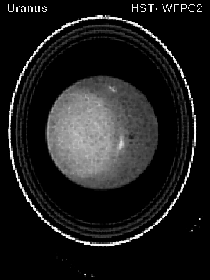This image, taken by Hubble, clearly shows Uranus and its rings.
Click on image for full size
Courtesy of NASA
Discover Uranus
Uranus was discovered in 1781 by William Herschel. He argued with his friends over its name. They wanted to name it after him, be he wanted it named after the king of Great Britain. They chose to name it Uranus, after an ancient Greek god. All the planets in our solar system are named after gods.
Voyager II flew by Uranus in 1986. It took many pictures of the planet and found many small moons. We now know that Uranus sits on its side. The north and south poles stick out from the sides instead of the top and bottom!
Scientists also found very dim rings around Uranus. Voyager II took pictures of the rings when it flew by.
You might also be interested in:

Uranus has // Call the moon count function defined in the document head print_moon_count('uranus'); interesting moons and a ring system. At Uranus there is even a half ring, or "ring arc". The moons are
...more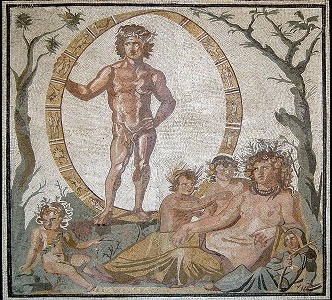
Uranus, which was discovered by William Herschel in 1781, was not known in ancient times. Astronomers continued the practice of naming planets after deities in Greek and Roman mythology and named this
...more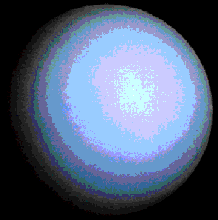
The plain bluegreen face of Uranus shows that Uranus is made of of only one thing. Beside clouds, there is also smog. Uranus' atmosphere is still forming. Motions in the cloud patterns indicate that, like
...more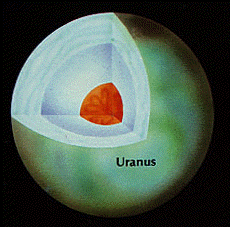
The Giant planets do not have the same kind of layers inside that the earth-like planets do. The history of the giant planets was so different that they formed with much more gas on the inside. Uranus
...more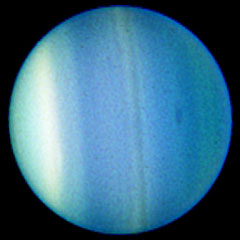
Uranus is the tilted planet. The axis through its North and South Poles is tilted by 98°. In other words, Uranus is lying on its side! That's not all - the magnetic field of Uranus is tilted, too. Astronomers
...more
The giant planets have definitely changed since their formation. But how much remains to be seen. Most of the original air of the giant planets remains in place. (The earth-like planets lost most of their
...more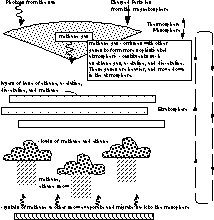
Uranus' atmosphere is made of methane, a medium sized molecule. At the uppermost reaches of the atmosphere, methane gas breaks apart due to energy from the sun and from the magnetosphere. The remins of
...more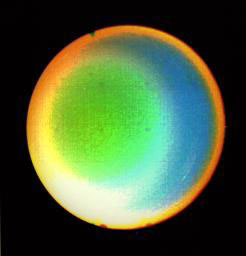
Motion of air in the atmosphere means wind. The major winds in the Uranian atmosphere called zonal winds. Motion of air in the atmosphere can also happen by diffusion. There is a continual circulation
...more


